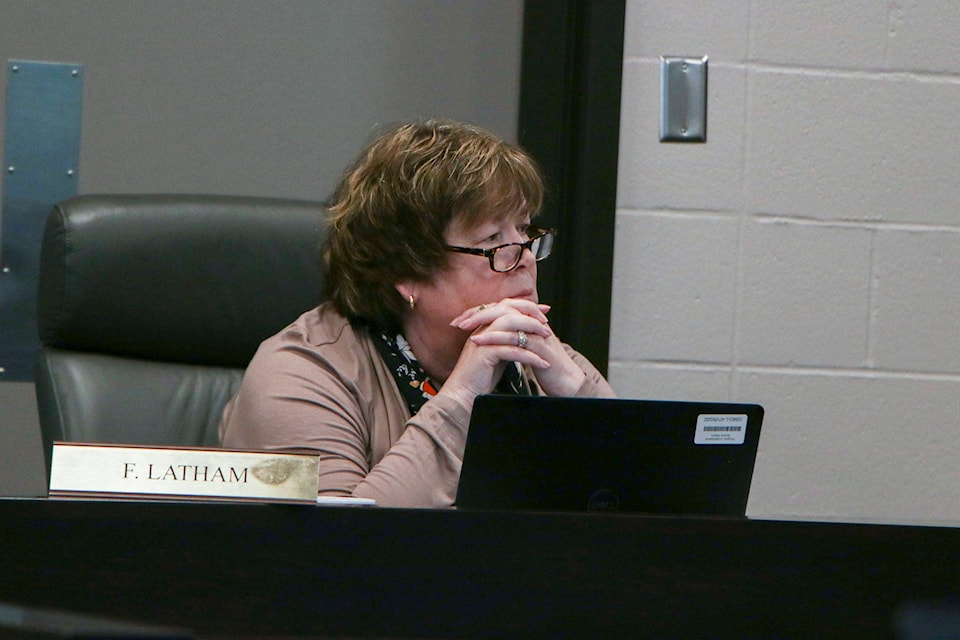When looking at granular information on student success, Abbotsford’s top educator says the school district needs to look not only at those who don’t complete high school, but also those who have struggled and still managed to pull through.
The Abbotsford School District’s planning committee met last month to explore student data in finer detail that showed the performance of students who did not complete high school in the benchmark six-year period.
In particular, they were looking at hos those students’ experiences in early, middle and senior years may affect outcomes.
RELATED: Belonging key to improving Indigenous grad rates
RELATED: Abbotsford Indigenous, special needs students see record grad rates
But as the committee expects to continue its work into the next school year, superintendent Kevin Godden hinted at what data the committee might be looking at next.
“There’s a story for every student who was not successful, the story of the student who struggles in kindergarten and doesn’t read by Grade 3 and so on,” Godden said. “But there’s a story for the student … who wasn’t initially successful, but managed to get through. And I think the committee needs to look at both, because I think they will tell the fuller story about the conditions of struggle.”
Trustees Rhonda Pauls and Freddy Latham, who both sit on the committee, explained some of the main findings that were of concern to them.
“A couple of the significant observations that were made by all of the tables [in the committee] was the difference between the challenging behaviour of all groups as they transition from middle school to secondary school,” Pauls said.
In particular, Pauls said during middle school the challenges that come up are behavioural issues, such as fighting and harassment.
“While we have the attention on them in school and we’re getting them there and we’re keeping them there, they’re finding a way of acting out within school,” she said.
“And then when we monitor them less, they get to high school, they have more freedom, so they just simply stop coming.”
Pauls acknowledged that many of those issues often come from mental health struggles or home life issues, “one of the things that we don’t have the resources of the power over people to actually impact their lives in a meaningful way.”
Latham, whose participation in the committee focused on the data on elementary students, said her table focused mainly on the “power of early intervention.”
In particular, the group looked at the age at which a student learns to read as an indicator of their performance later in life.
“It’s pivotal in terms of how it relates to the percentage of kids that don’t graduate,” Latham said.
Find more of our coverage on the Abbotsford School District here.
